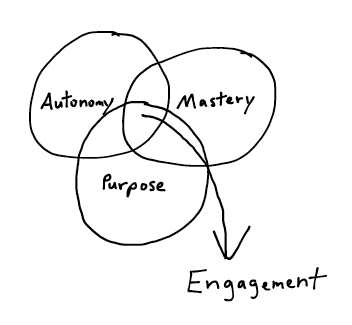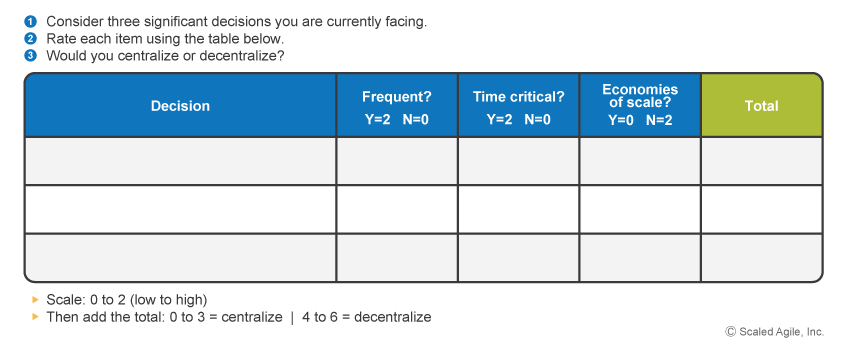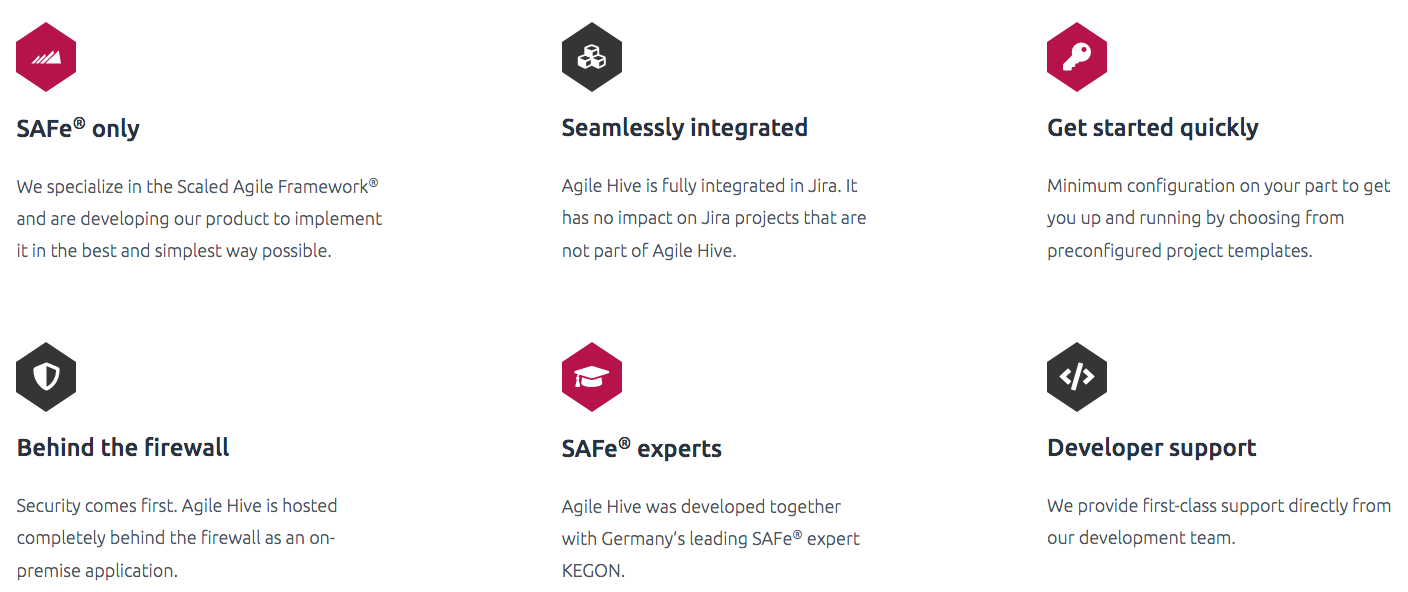In many organizations that follow traditional models of decision-making, orders are given from the top down by a small handful of individuals or even just one decision-maker. The Captain or the CEO says “jump”, and everyone responds, “how high”?!
However, in the realm of Lean-Agile practices, decentralization is the norm rather than the exception. In fact, the ninth of the ten principles of the Scaled Agile Framework (SAFe®) framework literally is “decentralize decision making”. Now, this doesn’t mean each and every single decision in the development process should be removed from a traditional decision-maker. It does mean the types of decisions that fall under one of the three following criteria should;
- Infrequent – Made infrequently, these decisions typically are not urgent, and deeper consideration is appropriate (ex., product strategy, international expansion).
- Long-lasting – Once made, these decisions are unlikely to change at least in the short term (e.g., commitment to a standard technology platform, commitment to organizational realignment around Value Streams).
- Provide significant economies of scale – These choices deliver large and broad economic benefits (e.g., a common way of working, standard development languages, standard tooling, offshoring).
The vast majority of decisions do not reach the threshold of strategic importance. All other decisions should be decentralized and these types of decisions include:
- Frequent – The problems addressed by decentralized decisions are recurrent and common (e.g., Team and Program Backlog prioritization, real-time Agile Release Train [ART] scoping, response to defects, and emerging issues).
- Time-critical – Delaying these types of decisions comes with a high cost of delay (e.g., point releases, customer emergencies, dependencies with other teams).
- Require local information – These decisions need specific local context, whether it be technology, organization, or specific customer or market impact (e.g., shipping a release to a specific customer, resolve a significant design problem, self-organization of individuals and teams to an emerging challenge).
“Things Fall Apart; The Centre Cannot Hold”
If you took a creative writing course or poetry class at some point in your education, this classic phrase from the Irish poet, William Butler Yeats’ “Second Coming”, may ring a bell. To this author it has always conjured the image of a wheel and its spokes, at first slowly, then in rapid succession, separating from one another bringing the devastating collapse and failure of the vehicle it is a part of.
This phrase came to mind in the context of this article. When we speak of SAFe®, specifically the core concept of delivering value in the shortest amount of lead time, decentralized decision-making improves the flow of development by reducing delays and incorporating faster feedback. Additionally, a cause-and-effect result is the empowerment of all team members as the level of transparency and collaboration are of utmost value.
Autonomy = Self-Determination & Empowerment

Source: Series (4 of 7): Building High-Performing ART — “Give Them Autonomy”, Clarence Galapon, September 7, 2018
In order to make intelligent, informed decisions, information must be shared and be transparent. When information is siloed, teams are basing decisions essentially on incomplete information and that can and will introduce issues.
If individuals are truly to be autonomous, they must also be empowered to make decisions that are timely, time-sensitive, as well as require local context. The idea of running every decision “up the flagpole” completely defeats the intent of a Lean-Agile process.
Overall, the advantages of decentralizing decisions include:
- Reducing the overall load on management
- Promoting diversification
- Focuses on product and market emphasis
- Promotes motivation
- Allows for better control and supervision
- Enables quick decision-making
SAFe® In Agile
The first iteration of Scaled Agile Framework®, or SAFe®, was released in 2011. Its creators, Dean Leffingwell and Drew Jemilo worked to develop a methodology that differed from the project management practices of the day. The speed of change in market conditions and competition across many industries had far outpaced the capacity of those existing practices to adapt.
The need to become “lean” was critical to an organization’s existence. “Lean” in the terms of this context “...refers to a production principle stating that any component of a business enterprise that fails to directly benefit a final product is superfluous. Lean enterprise focuses on value creation while eliminating waste and non-essential processes.” (Source: https://www.investopedia.com/terms/l/lean-enterprise.asp)
Developing and maintaining a “team-centric environment” is at the core of SAFe®. Communication and a high level of transparency throughout the organization encourage collaborative efforts which drive productivity, drives down time-to-market, and help ensure a quality solution.
SAFe® uses well-documented, specific, and repeatable processes. Agile and lean practices ensure all teams are focused on a common set of goals. Every individual understands what the deliverables are to be and as a result, the client has a clear set of expectations to be returned.
Agile Hive: Enhancing & Supporting SAFe® In Jira
Properly planned, SAFe® allows each organization its own unique implementation and configuration of the combined benefits of Agile, Lean, and DevOps frameworks. Agile Hive is the easiest way to implement and fully integrate SAFe® into your Jira environment. Agile Hive ensures your implementation is “SAFe® by the book”, simplifying your implementation.
Consider specifically the Program Increment (PI). The PI is typically eight to 12 weeks long. It is during this timeframe that an Agile Release Train (ART) delivers incremental value in the form of working, tested software and systems. This process is at its core a decentralized decision-making process of continuous improvement and adjustment.
If the last two years have taught us anything, it would be that when push comes to shove, it is possible to conduct business via methods and tools allowing for decentralized decision-making and a more individualized approach. PI Planning with Agile Hive is a great example. Each team, and each individual on those teams, has the capability to independently plan their respective capacities, as well as estimate their respective tasks. The Program Board is automatically kept up to date, data from the Breakout Boards flow to it. Everyone is instantly kept up to date on the work taking place at all levels and by all individuals.
Continuous improvement is one of the four pillars of SAFe® along with respect for people and culture, flow, and innovation. The twelfth principle of the Agile Manifesto, “at regular intervals, the team reflects on how to become more effective, then tunes and adjusts its behavior accordingly”, beautifully sums up how crucial the philosophy of continuous improvement is to the SAFe® Lean-Agile approach.
By itself, Jira is a robust project management tool used around the globe by organizations large and small. When it comes to adhering to scaled Agile methodologies such as SAFe® however, Jira reaches its limitations. The SAFe® hierarchies and terminology cannot be translated within Jira by itself. Allowing you and your team to use the tools you already utilize, in the environment you already know, Agile Hive seamlessly integrates into your existing Jira and optionally automates documentation in Confluence.
Agile Hive simultaneously adheres to SAFe® methodology while supporting decentralized decision-making, individual team member engagement at all levels, and focuses the outcomes on generating a value stream for the organization. Everyone is empowered to be a leader!
Agile Hive: The Missing Piece In Your SAFe® Transformation
If you are looking to integrate SAFe® into your Jira environment, and are interested in learning more about Agile Hive, contact us at Seibert Media. We’ll be happy to get you started!






